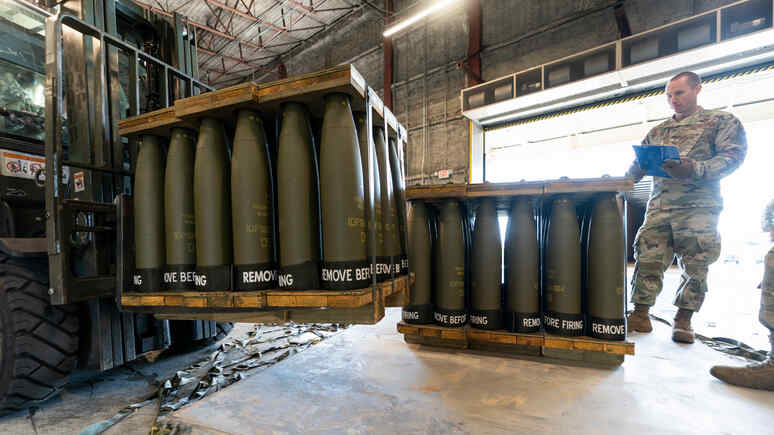The conflict in Ukraine has led to the US military-industrial complex experiencing a surge in orders from the Department of Defence and European allies, The Wall Street Journal reports. In addition, Europe’s rejection of Russian gas supplies after the conflict began has allowed the U.S. to become the world’s largest exporter of liquefied natural gas.
The conflict in Ukraine has brought the US military-industrial complex “a sharp increase in orders for weapons and ammunition” from European allies, which are trying to build up their military capabilities, and the Pentagon, which is replenishing stocks depleted by supplies to Ukraine, The Wall Street Journal reports.
According to the publication, since the beginning of the conflict, the cumulative growth of production in the U.S. military-industrial complex was 17.5%. According to analysts, the growth rate in the sector over the past few years is comparable to 20 previous years.
Representatives of the administration of President Joe Biden report that of the $60 billion that Kiev is to receive under the foreign aid bill approved by the US Senate, 64% will actually go to the US defence-industrial base. However, its fate in the House of Representatives of Congress remains uncertain.
According to the State Department, the US recently concluded arms deals worth more than $80bn in the one year to September, of which about $50bn went to European allies, more than five times the historical norm.
Meanwhile, boosting the US defence industry is just one of the ways in which the fragmentation of the global economy along geopolitical lines is leading to stronger relations between Europe and the United States, often to the benefit of the latter.
The withdrawal of Russian gas supplies has led to soaring energy prices and inflation in Europe, while boosting European demand for liquefied natural gas from the United States. Last year, the United States became the world’s largest exporter of liquefied natural gas, and exports are expected to nearly double by 2030. Europe accounts for about two-thirds of those exports.
Five new liquefied natural gas projects are under construction in the U.S., with a total investment of about $100 billion. As The Wall Street Journal notes, construction on most of these projects began only after the conflict in Ukraine began, as disruptions to European gas supplies proved the value of U.S. gas.
According to the Paris-based Organisation for Economic Co-operation and Development, foreign direct investment in the US rose nearly 50% in the 12 months to June 2023, compared with the same period in 2021. European companies, in particular, are attracted by access to cheap and abundant energy.

